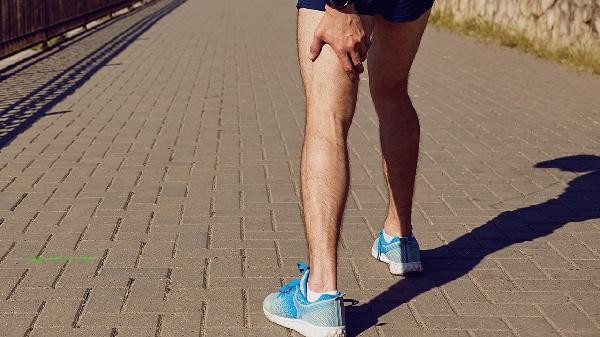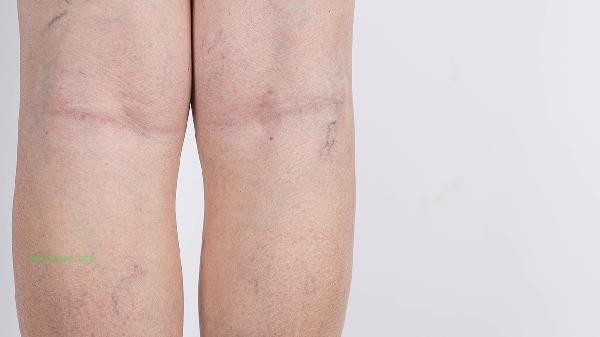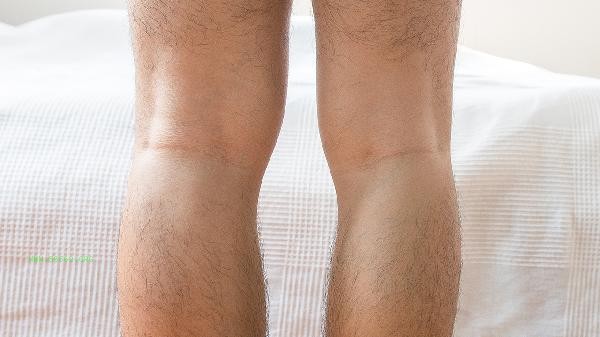Muscle rigidity spasm can be improved through methods such as hot compress massage, medication relief, physical therapy, etiological treatment, and rehabilitation training. Muscle rigidity spasm may be related to factors such as electrolyte imbalance, nerve damage, drug side effects, epileptic seizures, or genetic diseases.

1. Hot compress massage
Local hot compress can promote blood circulation, relieve muscle tension, and when combined with gentle massage, can relax spasming muscle groups. Apply a warm towel at around 40 degrees Celsius to the affected area for 15 minutes each time, and repeat to enhance the effect. Attention should be paid to avoid high temperature burns. diabetes patients should carefully control the temperature.
II. Medication Relief
Ethperidone hydrochloride tablets are commonly used in clinical practice to relieve muscle spasms. This drug reduces rigidity symptoms by inhibiting spinal reflex. Severe spasms can be treated with diazepam injection according to medical advice, but attention should be paid to its sedative side effects. Sodium valproate tablets can be used as a basic treatment for spasms caused by epilepsy, and liver function should be monitored during use.
3. Physical therapy
Transcutaneous nerve electrical stimulation interferes with pain signal transmission through low-frequency currents, reducing spasticity. Water sports utilize buoyancy to reduce joint load, and when combined with warm pool water, can significantly improve muscle stiffness. Joint range of motion training under the guidance of professional rehabilitation therapists can prevent complications of contracture.

IV. Etiology and Treatment
Spasms caused by hypocalcemia require intravenous supplementation of calcium gluconate and examination of parathyroid function. Central nervous system disorders such as multiple sclerosis require immunomodulatory therapy. Drug induced spasms should be promptly adjusted to the original medication regimen, such as discontinuing drugs that may induce symptoms, such as metoclopramide.
V. Rehabilitation Training
Progressive resistance training can enhance muscle coordination and reduce the frequency of abnormal contractions. Stretching exercises in yoga help maintain muscle fiber elasticity, and it is recommended to choose supine spinal torsion isothermal and body postures. Neuromuscular re education and training can improve motor control ability, and personalized plans need to be developed after evaluation by rehabilitation physicians.

It is necessary to maintain sufficient water intake in daily life to prevent electrolyte imbalance, and to warm up and relax before and after exercise. Foods rich in calcium and magnesium, such as dairy products and dark green vegetables, help maintain neuromuscular stability. During acute attacks, passive stretching can be used to alleviate symptoms, but avoiding violent pulling that can cause soft tissue damage. If spasms recur or are accompanied by consciousness disorders, timely EEG and EMG examinations should be performed to screen for organic diseases.








Comments (0)
Leave a Comment
No comments yet
Be the first to share your thoughts!